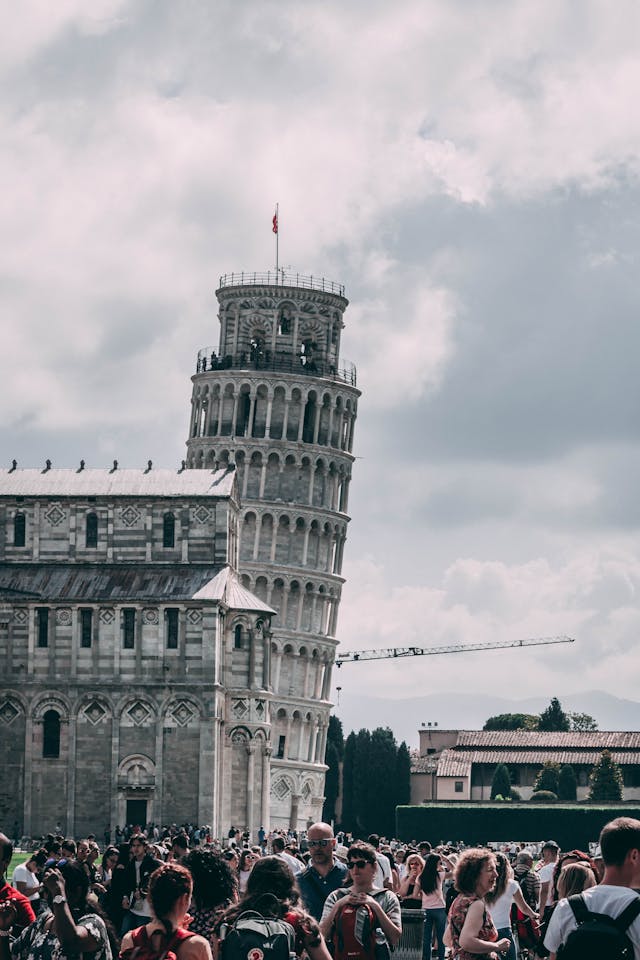Book Your Pisa Tower Tickets Online in Advance
Secure your entry up to 90 days before your planned visit and skip the hassle on arrival.
Uncover the Wonders of Pisa’s Iconic Duomo Square
Pisa’s Duomo Square is a breathtaking example of Romanesque artistry, blending classical, Christian, Lombard, and Eastern design elements. The Cathedral, Leaning Tower, Baptistery, and Camposanto create a symbolic masterpiece representing the human experience.
Explore the Museo delle Sinopie for original sketches beneath the Camposanto frescoes, and visit the Museo dell’Opera del Duomo to dive deep into Pisa’s artistic and sculptural legacy.
Explore the Splendor of Pisa’s Duomo Square
Step into the heart of Pisa’s architectural heritage at Duomo Square, where Romanesque design meets influences from classical, Christian, Lombard, and Eastern traditions. The Cathedral, Leaning Tower, Baptistery, and Camposanto together tell a timeless story of human faith and creativity.
Visit the Museo delle Sinopie for original sketches behind the Camposanto frescoes, and the Museo dell’Opera del Duomo to discover the artistic legacy of medieval Pisa.
Ticket Pricing
Tower of Pisa & Cathedral
Tower of Pisa, Piazza del Duomo Museums & Cathedral
The Pisa Bell Tower
Often referred to as the Leaning Tower, the Pisa Bell Tower is the iconic centerpiece of the Piazza del Duomo. Contrary to popular belief, it was never designed as a fortress but served to mark time—both secular and sacred. It houses seven bells, each tuned to a musical note, with the largest cast in 1655 and weighing over three tons.
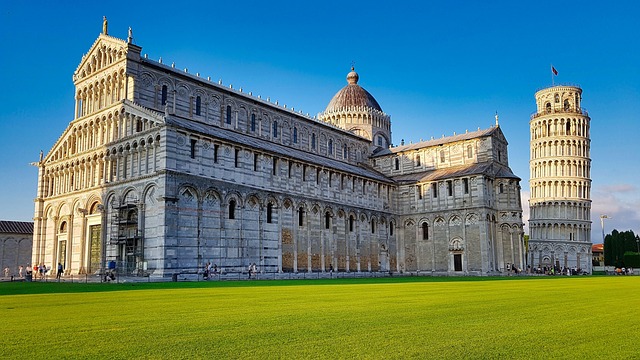
The Tower’s world-famous tilt makes it a marvel of engineering. Despite its dramatic lean, it remains stable—a true architectural wonder and the unmistakable symbol of Piazza dei Miracoli.
Structure Specifications
• Height: 55.86 meters
• Outer Diameter: 16 meters
• Weight: Around 15 tons
• Inclination: About 5.21°
• Stairs: 273 steps
• Stone Blocks: Approx. 29,500
• Capitals: 207
Pisa Cathedral
Pisa Cathedral underwent major restoration between 2015 and 2018, revitalizing its dome frescoes and central nave plasterwork in celebration of its 900th consecration anniversary. Originally built in 1064 and consecrated in 1118, the Cathedral was designed by Buscheto and later expanded by Rainaldo. A fire in 1595 caused serious damage, prompting extensive reconstruction.
Exterior Design
The façade combines alternating black-and-white stripes inspired by Arab design, with repurposed Roman elements highlighting Pisa’s status and heritage. Notable features include an Islamic-style griffin atop the roof and a striking elliptical dome—an architectural fusion of Mediterranean tradition and innovation.
Interior Beauty
Inside, the Cathedral features a central nave bordered by four aisles and adorned with a coffered wooden ceiling added in the 1600s. Despite fire damage, 14th-century masterpieces remain intact, preserving Pisa’s artistic legacy.
Highlights include Cimabue’s mosaic of St. John the Evangelist, Giovanni Pisano’s detailed pulpit, and parts of Henry VII’s Funeral Monument—each piece reflecting centuries of devotion and artistry.
Pisa Cathedral
Established in 1277, the Camposanto Monumentale was the final grand structure added to Pisa’s Piazza del Duomo. Tradition says it was built with sacred soil from Golgotha, brought back during the Crusades—hence the name Camposanto, or “Holy Field.” This rectangular cloister originally enclosed Roman sarcophagi and medieval tombs around a peaceful lawn.
During the 14th century, its walls were adorned with striking frescoes by artists like Buffalmacco, Andrea Bonaiuti, and Francesco Traini. These vivid works depict life, death, and salvation, drawing from Dante’s Divine Comedy and Dominican sermons. Masterpieces like the Triumph of Death remain iconic examples of medieval Italian art.
By the 16th century, Camposanto became a burial site for Pisa’s elite, including Medici family members, cementing its role as a symbol of honor and remembrance. Over time, it evolved into an archaeological museum, preserving ancient Roman inscriptions, sarcophagi, and sculptures—telling the story of Pisa’s enduring heritage.

Pisa Baptistery
The Pisa Baptistery, dedicated to St. John the Baptist, is the largest baptistery in Italy and one of the finest examples of medieval religious architecture in Europe. Construction began in 1152 and continued for over two centuries, reaching completion in the 14th century. The building uniquely blends Romanesque solidity in its lower sections with elegant Gothic flourishes in its upper levels, showcasing the stylistic evolution of Pisan architecture across generations.
Its circular layout is capped by a massive red-tiled dome, which appears from afar as a seamless extension of the nearby Cathedral and Leaning Tower, forming an iconic trio in Piazza dei Miracoli. The Baptistery’s interior is relatively austere but architecturally striking, with massive columns and a central baptismal font carved from marble.
A major highlight is its extraordinary acoustics—so precise that a single voice can generate harmonious chords by echoing off the dome. This natural reverberation is often demonstrated by staff, leaving visitors in awe. At the heart of the baptistery stands the renowned pulpit crafted by Nicola Pisano in the 13th century, whose detailed reliefs blend classical Roman influences with Christian iconography, foreshadowing the birth of Renaissance art.
Over the centuries, the Baptistery has hosted generations of baptisms and remains a spiritual focal point for pilgrims and tourists alike. It is not just an architectural gem, but also a timeless symbol of Pisa’s devotion to faith, artistry, and cultural heritage.
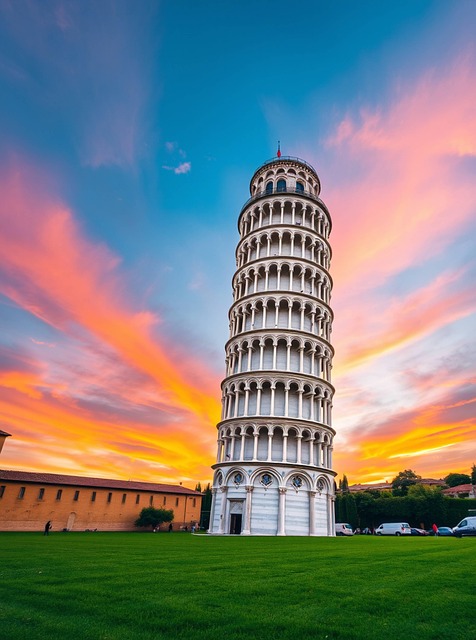
Pisa Cathedral Museum
Established in 1986, the Museo dell’Opera del Duomo in Pisa stands as a crucial guardian of the Cathedral’s artistic, religious, and architectural heritage. Located just steps from the monuments of Piazza del Duomo, the museum offers an immersive journey through Pisa’s cultural evolution. Within its walls lies a remarkable collection of sculptures, paintings, religious artifacts, and architectural elements that trace the city’s spiritual and artistic development from the medieval era to the modern age.
Visitors can marvel at masterworks by celebrated artists such as Nicola Pisano and Giovanni Pisano—whose original sculptures are on display—along with a trove of rare liturgical objects, ancient relics, and finely preserved medieval artworks. These pieces were once part of the Cathedral itself, offering a rare, up-close perspective on the craftsmanship and theological symbolism that helped define Pisa as a major center of faith and artistry.
In 2019, the museum underwent an ambitious renovation led by the Guicciardini & Magni Architetti firm. The result is a fresh, contemporary layout that seamlessly blends historical reverence with modern design sensibilities. The renovation received widespread praise, earning first place in the “Installation or Interior Works” category at the 2021 Festa dell’Architetto and the Premio Architettura Toscana 2022 for “Restoration and Recovery.”
The museum’s updated exhibition design combines preservation with innovation—enhancing visitor engagement through thoughtfully arranged displays, advanced lighting, and interpretive media. It stands today as both a cultural treasure and a model of modern museology, offering deep insights into Pisa’s enduring religious and artistic legacy.
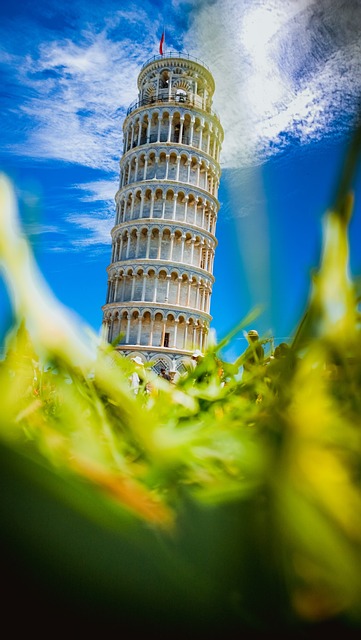
Pisa Sinopie Museum
The Museo delle Sinopie offers visitors a rare glimpse into the origins of some of Italy’s most significant frescoes. It houses an extraordinary collection of sinopie—the initial preparatory sketches that artists painted directly onto wet plaster walls as the foundational layer in the fresco-making process. These underdrawings, executed with red pigment, reveal the meticulous planning and creative imagination of 14th-century masters before the application of final pigments.
Far from being mere outlines, these sinopie showcase the raw vision of painters such as Buffalmacco, Andrea di Bonaiuto, and Gaddi. Their fluid lines and dynamic compositions give us access to the artistic decisions made before color, depth, and form brought the final images to life. As such, the collection stands as a testament to the intellectual and artistic rigor that underpinned the frescoes adorning Pisa’s sacred spaces.
Originally, the sinopie graced the inner walls of the Camposanto Monumentale in Pisa, whose grand fresco cycles portrayed epic biblical scenes like the Last Judgment, Hell, and the Triumph of Death. Tragically, many of these frescoes were irreparably damaged during Allied bombings in World War II. In the aftermath, restoration efforts led to the careful detachment of fresco surfaces, revealing these remarkable sketches hidden beneath.
Recognizing their historical and cultural value, conservators painstakingly preserved the sinopie and, in 1979, transferred them to a dedicated museum. This not only safeguarded the fragile works from further decay but also allowed scholars and the public alike to explore them in a focused and protective environment. Today, the Pisa Sinopie Museum is more than just a display space—it is an essential educational institution that unveils the artistic process behind medieval mural painting and highlights the craftsmanship that continues to inspire generations.
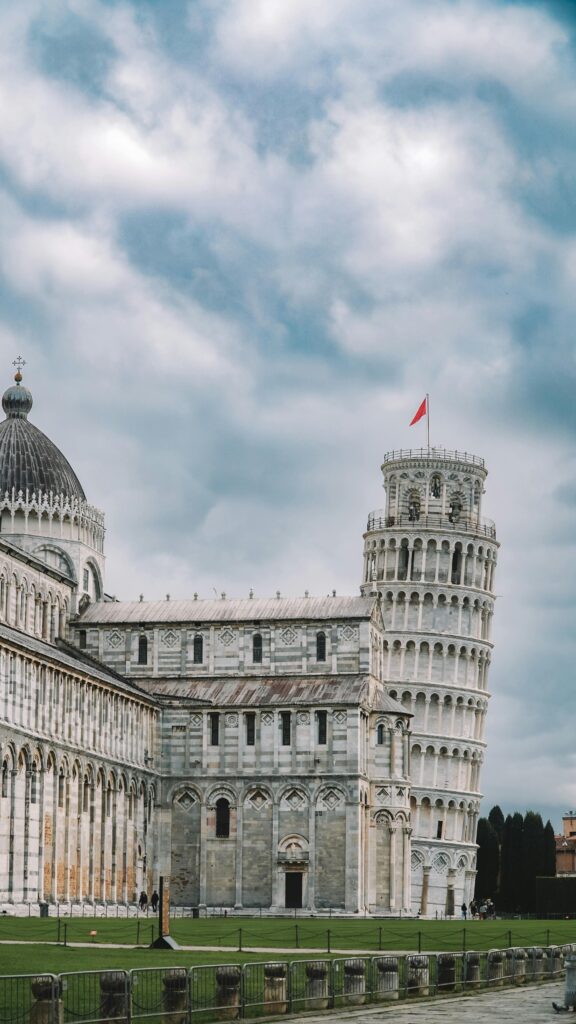
Visitor Hours
Tower: Entry is by time-slot ticket only; select your time during booking.
Other Sites: Tickets are valid for 1 year from purchase and usable during standard hours.
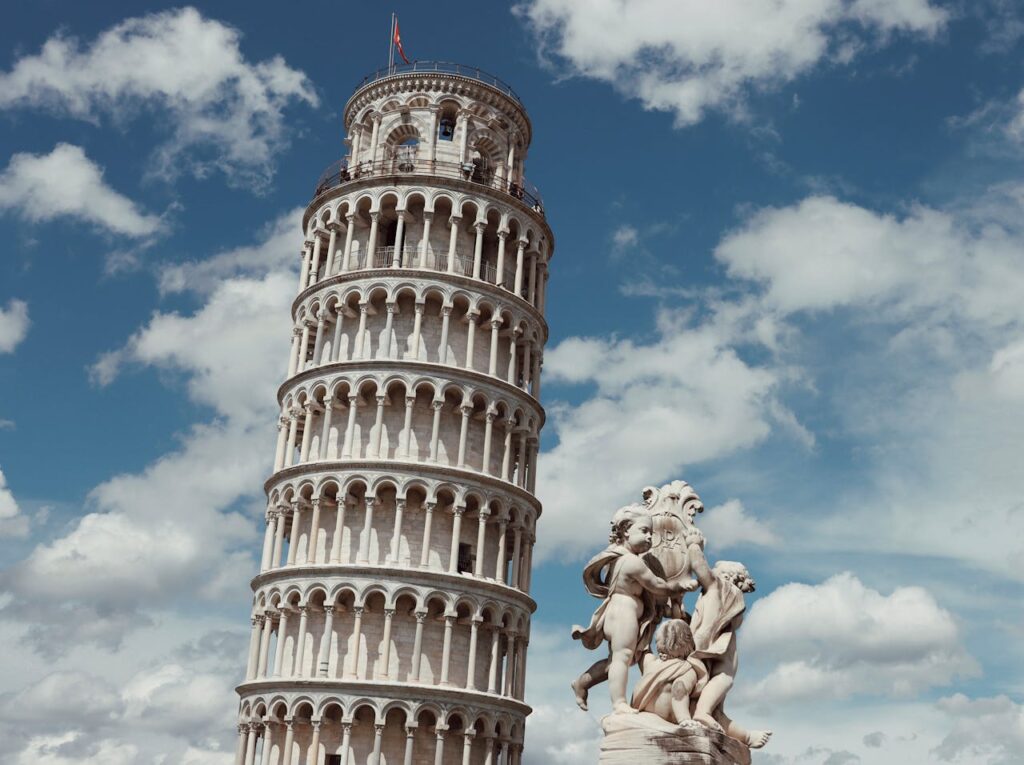
Special Hours and Closures
Baptistery: Some areas may close for restoration; hours vary on Sundays/holidays.
Cathedral: Opens daily at 10:00 AM; hours may differ on religious days.
Camposanto: Free on Nov 1 & 2 (All Saints’ & All Souls’ Day).
Tower: Early closure June 16; open till 10 PM (Jun 17–Aug 31); early close Aug 9.
Opera Museum: Special exhibit on Pisa’s Bell Tower (Jun 15–Sep 30, 2024).
frequently asked question
Are children under 8 allowed to climb the Tower?
For safety reasons, only children aged 8 and above are permitted to climb the Tower. They must be accompanied by an adult, carry a valid ticket, and provide proof of age at the entrance.
Can I reschedule my online ticket to a different date?
Unfortunately, tickets cannot be rescheduled to a different date. However, you can cancel your existing order within the permitted timeframe and book a new ticket for your preferred date.
Will I receive a booking code, and where can I find it?
Yes, you will receive a booking code. It can be found in the subject line of your confirmation email and also within the attached PDF ticket.
Where can I find the ticket counters?
Ticket counters are located at the entrances to the square and typically open 30 minutes before the monuments themselves.
Is there a safe place to store luggage on-site?
Yes, a free cloakroom is available for Tower visitors. Luggage must be stored prior to entry, and your ticket will be used to assign a locker.
Do I need to bring a physical printout of my ticket?
No, a physical printout is not required. You can present the PDF ticket on your smartphone, or obtain a printed copy at the ticket office by showing a valid ID and your order code.
Are guided tours available?
Guided tours cannot be booked through this website. However, on-site guides are available in multiple languages to enhance your visit.
Is there a children’s play area at the site?
There is currently no play area for children at the site. However, educational workshops can be booked in advance to engage young visitors.
Are restrooms available for visitors?
Yes, restrooms are available inside the museums for those with tickets. Public restrooms are also accessible in the square for a fee of 1 euro, with electronic payments accepted.
Can I bring my dog to the premises?
Pets are not permitted inside the monuments. However, guide dogs assisting visitors with disabilities are welcome.
How can I retrieve lost items?
Lost items can be recovered from the offices located at Piazza Duomo 17.
Am I allowed to walk on the grass?
Yes, walking on the grass is permitted in designated areas. Please follow on-site signs to avoid restricted zones.
Can I take photographs or record videos during my visit?
Yes, photography and video recording are permitted for personal use. However, professional shoots require prior authorization.

